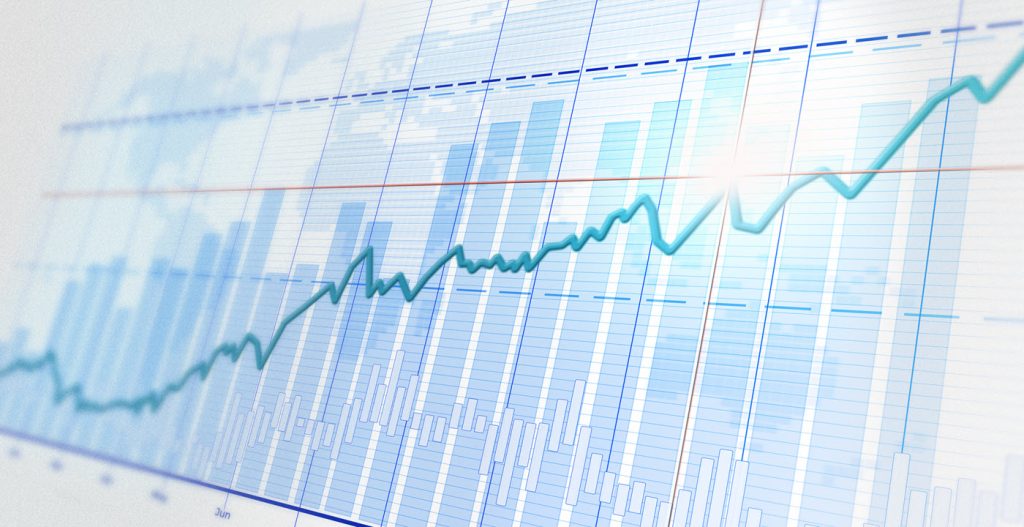
After starting 2022 with two negative months, March delivered a reprieve to stock investors. After global markets dropped 5.8% during the first two weeks of the month, equity prices suddenly changed direction and closed the month with a gain of 2.2%.
While the reprieve is nice, the pace of it is hard to explain. The war in Ukraine has not ended and will likely drag on far into the future. Even a positive turn in peace talks would likely not defuse the deeper tensions the war has birthed, nor would they immediately remove sanctions against Russia. History tells us that nations roll out sanctions much easier than they roll them back. Think Cuba. Some suggest the dramatic reversal in oil prices explains the March rally. We think not. After ending February at about $98 per barrel (BBL), prices for Brent crude surged to $128/BBL in only eight days, before falling back below $100/BBL on March 15th. But March’s rally continued while oil surged back to $121/BBL before ultimately ending the month below $107/BBL. In short, the “M” pattern of oil price movements doesn’t match the “V” pattern of stock price movements.
What then, could explain the stock market rally? In our opinion, the most likely explanation is a resurgence in risk-taking, as suggested by the trading patterns of various securities. Take the so-called meme stocks, for example. AMC and GameStop more than doubled from their March 14th lows. Loss-making Peloton grew 52%. The trading behaviors of these stocks suggest that the relief rally corresponds to a sudden resumption of investors pursuing risk.
Bonds have been much less volatile than stocks this year, but, like stocks, their prices have declined. With the Federal Reserve taking inflation seriously and raising its policy rate by 0.25% for the first time since 2018, yields across the curve have risen swiftly. This upward shift in interest rates has pushed down bond prices. Before diversified investors decide to shift money from bonds to stocks, however, they should note that only two weeks ago bonds had outperformed stocks by 7% for the year. Also, it’s worth mentioning an often-forgotten silver lining to rising interest rates: the future expected returns of bonds have now increased. One year ago, a two-year U.S. treasury note only paid 0.16% interest. That same note now rewards investors with a yield of 2.3%. As bonds mature and coupons are paid, investors who reinvest the proceeds will receive higher income.
As the Fed continues their rate hiking cycle and assets of all kinds adjust, we continue to examine market conditions to allocate capital to its best home. Please reach out if we can be of service.

